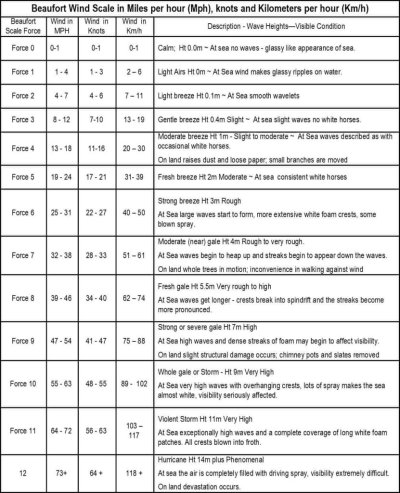Hippocampus
Guru
- Joined
- Jul 27, 2020
- Messages
- 4,182
- Location
- Plymouth
- Vessel Name
- Hippocampus
- Vessel Make
- Nordic Tug 42
yet another thread was started using the word blue water. Would like others input on what you mean when you use that word and what you want in a bluewater boat.
I start it off with what some societies require and the literature suggests. I already posted what I mean when using that term but I’m very interested in how others use it as well
Most ocean sailboat races require something close to the following.
A AVS of 130 degrees.
Protection from down flooding in case of knockdown or inversion
At least one mechanism of steering in the case complete failure of primary steering. (We got around this with a Hydrovane or a add on to a Monitor)
Passing Safety at Sea with current ticket.
Mechanism of survival conditions survival. ( for most now that means a JSD now a days)
Appropriate life raft, fire suppression, dewatering and hull repair and or water ingress control construction
Passing a current boat rating inspection as required by race committee rules
Literature suggests sufficient water and food for entire passage plus 1/3 safety margin in the face of contamination, loss of refrigeration or watermaker failure. That usually means bottled water and storm stores. Appropriate skills in captain and crew. To me that doesn’t mean courses or tickets but rather experience only. I routinely took myself, two experienced crew and one newbie. Think we have an obligation to bring others along.
For power I think the list is somewhat different. Power has the advantage and freedom to decide how to face the wave train. Power isn’t dependent upon wind to place themselves in a better position to face weather. In comparison to sail power without modifications faces a greater downflooding risk. Many power designs have more difficulty than sail with static and dynamic stability safety margins. Given differences perhaps a AVS of 110 or even 90 is more than enough.
I know the above reflects the thoughts of someone who hasn’t voyaged on power so would appreciate more educated experienced input.
I start it off with what some societies require and the literature suggests. I already posted what I mean when using that term but I’m very interested in how others use it as well
Most ocean sailboat races require something close to the following.
A AVS of 130 degrees.
Protection from down flooding in case of knockdown or inversion
At least one mechanism of steering in the case complete failure of primary steering. (We got around this with a Hydrovane or a add on to a Monitor)
Passing Safety at Sea with current ticket.
Mechanism of survival conditions survival. ( for most now that means a JSD now a days)
Appropriate life raft, fire suppression, dewatering and hull repair and or water ingress control construction
Passing a current boat rating inspection as required by race committee rules
Literature suggests sufficient water and food for entire passage plus 1/3 safety margin in the face of contamination, loss of refrigeration or watermaker failure. That usually means bottled water and storm stores. Appropriate skills in captain and crew. To me that doesn’t mean courses or tickets but rather experience only. I routinely took myself, two experienced crew and one newbie. Think we have an obligation to bring others along.
For power I think the list is somewhat different. Power has the advantage and freedom to decide how to face the wave train. Power isn’t dependent upon wind to place themselves in a better position to face weather. In comparison to sail power without modifications faces a greater downflooding risk. Many power designs have more difficulty than sail with static and dynamic stability safety margins. Given differences perhaps a AVS of 110 or even 90 is more than enough.
I know the above reflects the thoughts of someone who hasn’t voyaged on power so would appreciate more educated experienced input.


